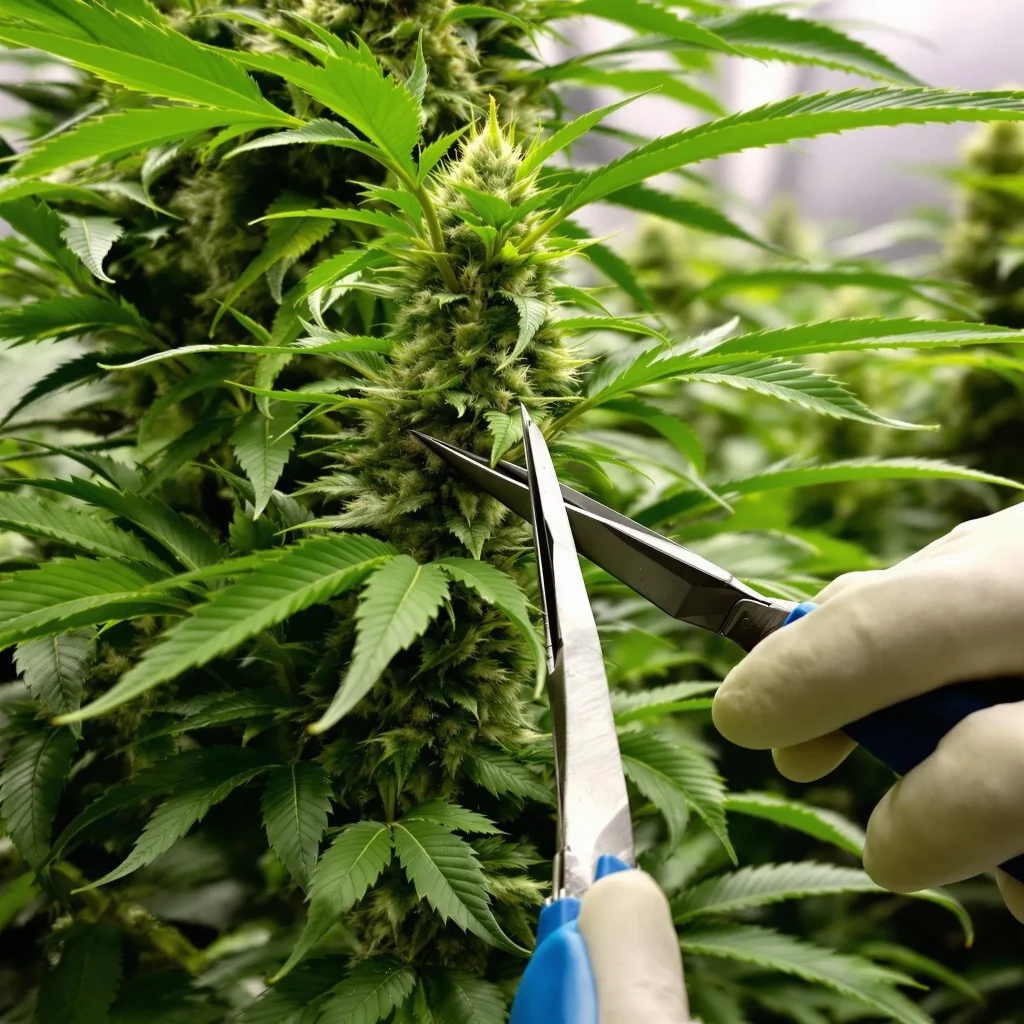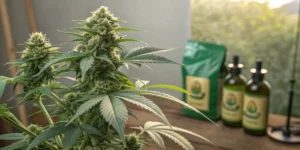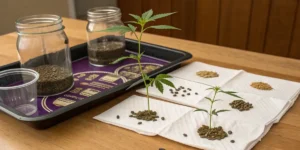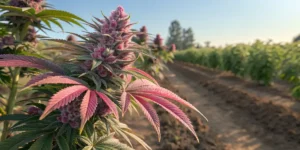Many cannabis growers wonder, can you top an autoflower? Topping is a popular technique in cannabis cultivation, but autoflowers present unique challenges due to their fixed growth cycles. This guide breaks down everything you need to know to decide if topping is the right choice for your autoflower plants.
What is Topping in Cannabis Cultivation?
Definition and Purpose of Topping
Topping is a high-stress training technique that involves cutting the main stem of a cannabis plant to encourage the growth of multiple colas. This process redirects the plant’s energy, allowing it to develop a broader canopy and increase light distribution. The result can lead to larger yields and better-quality buds.
For photoperiod plants, topping is a tried-and-true method to maximize growth potential. However, when it comes to autoflowers, growers need to weigh the benefits against potential risks due to the plant’s limited lifecycle.
How Topping Influences Plant Growth and Yield
By cutting the main stem, the plant stops focusing its energy on vertical growth and starts producing additional branches. This can result in a bushier plant with more bud sites. The goal is to create an even canopy where all colas receive equal light exposure.
For autoflowers, the shorter vegetative phase means there is less time for recovery after topping. This can impact overall growth and may not always result in increased yields. Understanding these nuances is essential when deciding whether to top your autoflower plants.
The Unique Growth Pattern of Autoflowers
Differences Between Autoflowers and Photoperiod Plants
Autoflowers are unique because they do not rely on light schedules to begin flowering. Instead, they transition to flowering based on age, typically within 2 to 4 weeks of germination. This makes their lifecycle shorter than photoperiod plants, which can remain in the vegetative phase indefinitely under the right light conditions.
Due to this fixed timeline, autoflowers have less time to recover from stress caused by topping or other high-stress training techniques. This is why many growers question whether topping is worth the risk.
Why Topping Can Be Challenging for Autoflowers
The main challenge of topping autoflowers is the recovery period. Since their vegetative phase is so brief, topping can stunt growth and reduce yields if the plant doesn’t recover quickly. For this reason, growers must carefully evaluate the health and vigor of the plant before attempting to top an autoflower.
Despite these challenges, some growers successfully top autoflowers by timing the process perfectly and ensuring optimal growing conditions. It’s a delicate balance that requires attention to detail.
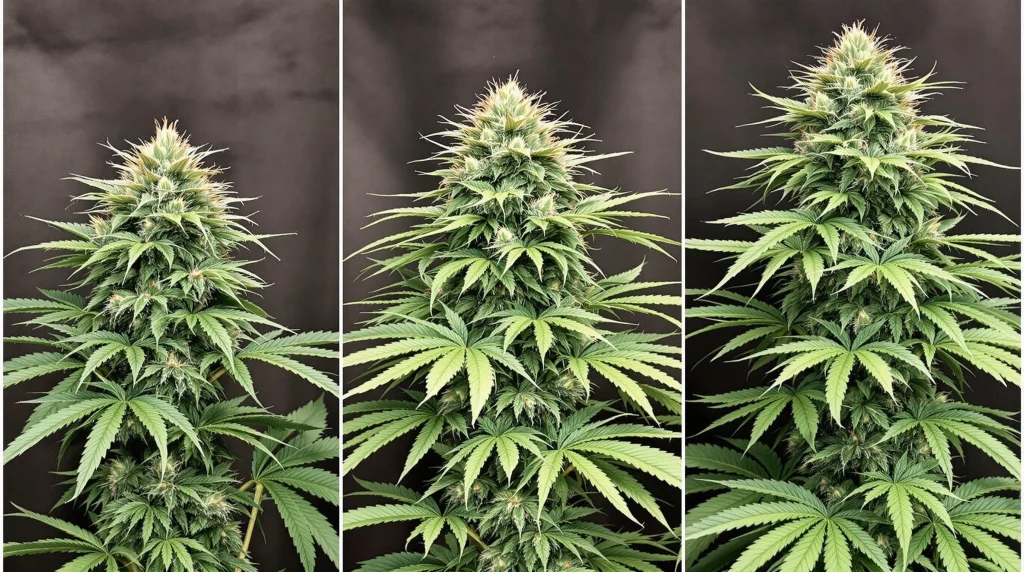
Benefits and Risks of Topping an Autoflower
Potential Advantages of Topping Autoflowers
- Encouraging Multiple Colas: By topping the plant, you can promote the growth of additional bud sites, leading to a more even canopy. This can improve light penetration and potentially increase yields.
- Managing Plant Height: Topping is an effective way to control the height of your plants, which is particularly useful for indoor growers with limited vertical space.
Risks Involved in Topping Autoflowers
- Stress Impacting Timelines: Autoflowers have a limited recovery window, and excessive stress can disrupt their growth cycle. This may lead to stunted plants or lower yields.
- Reduced Yields: If the plant doesn’t recover properly, the energy redirected to multiple colas may not be enough to produce significant results.
Careful planning and proper execution are essential to minimize these risks and maximize the potential benefits of topping autoflowers.
When to Top an Autoflower
Topping an autoflower requires precise timing to minimize stress and maximize results. Knowing the right moment to act can make all the difference in the success of this technique.
Identifying the Right Growth Stage
The best time to top an autoflower is during its early vegetative stage, typically when the plant has developed 3 to 5 nodes. At this stage, the plant is robust enough to recover but still early in its lifecycle, giving it enough time to heal before entering the flowering phase.
Keep an eye on the plant’s overall health. Vigorous, fast-growing plants are better candidates for topping than those that appear weak or stunted. Topping a stressed or unhealthy autoflower increases the risk of poor recovery and reduced yields.
Importance of Early Topping to Minimize Stress
Timing is critical because autoflowers have a much shorter vegetative period than photoperiod plants. Early topping ensures the plant has adequate time to recover and redirect energy to the newly formed colas. Delaying topping can lead to incomplete recovery, negatively impacting the plant’s ability to produce healthy buds.
How to Top an Autoflower Successfully
Achieving success with topping requires the right tools, preparation, and techniques. Proper execution minimizes stress and sets the plant up for optimal growth.
Tools and Preparation for Topping
Before topping, gather the necessary tools to ensure a clean and precise cut:
- Sharp, Sterilized Scissors or Pruners: A clean cut reduces the risk of infection and promotes faster healing.
- Gloves: Prevent contamination and protect the plant from potential pathogens.
- Clean Workspace: Work in a sterile environment to avoid introducing bacteria or pests.
Prepare the plant by ensuring it’s well-watered and healthy. A hydrated plant is more resilient to stress and recovers more quickly after topping.
Step-by-Step Topping Guide
- Identify the Correct Node: Choose a healthy node, usually the 3rd or 4th, as the point of topping. This ensures the plant has enough lower growth to support recovery.
- Make a Clean Cut: Using sterilized scissors, snip the main stem just above the selected node. Aim for a clean, straight cut to avoid damaging surrounding tissue.
- Monitor Recovery: Observe the plant over the next few days for signs of recovery. New growth should emerge from the nodes below the cut, indicating successful topping.
- Adjust Care as Needed: Provide adequate light, nutrients, and water to support recovery. Reduce environmental stressors, such as extreme temperatures or humidity fluctuations.
Topping autoflowers requires a steady hand and attention to detail, but when done correctly, it can improve the plant’s overall structure and yield potential.
Alternatives to Topping for Autoflowers
If topping seems too risky for your autoflowers, there are alternative methods to achieve similar results without high stress.
Low-Stress Training (LST)
LST is a gentler method of manipulating plant growth by bending and tying down branches. This technique encourages horizontal growth, allowing more light to reach lower bud sites.
- Benefits: LST avoids the recovery period associated with topping, making it ideal for autoflowers with limited vegetative time.
- How to Implement: Use soft ties or garden wire to gently bend branches and secure them in place. Adjust ties as the plant grows to maintain an even canopy.
Defoliation for Better Light Penetration
Removing select fan leaves can improve light exposure and airflow within the plant canopy. While not as dramatic as topping, defoliation helps the plant focus energy on bud production.
- When to Defoliate: Perform light defoliation during the vegetative stage and early flowering phase. Avoid removing too many leaves to prevent stress.
- Benefits: Enhances light penetration and reduces the risk of mold and pests.
Best Autoflower Strains for Topping
While not all autoflower strains are ideal for topping, some exclusive and robust varieties can handle stress better than others. Here are three distinctive strains that thrive under this training technique.
Exclusive Autoflower Strains for Topping
- Strawberry Banana Auto: This sweet, fruity strain is known for its resilience and balanced growth. When topped early, Strawberry Banana Auto produces multiple colas with a generous yield.
- Do-Si-Dos Auto: Famous for its calming effects and earthy aroma, Do-Si-Dos Auto responds well to topping, developing a well-structured canopy that maximizes light exposure.
- Gelato Auto: This hybrid offers creamy, dessert-like flavors and vigorous growth. Gelato Auto can tolerate topping when handled carefully, resulting in a visually appealing plant with enhanced bud production.
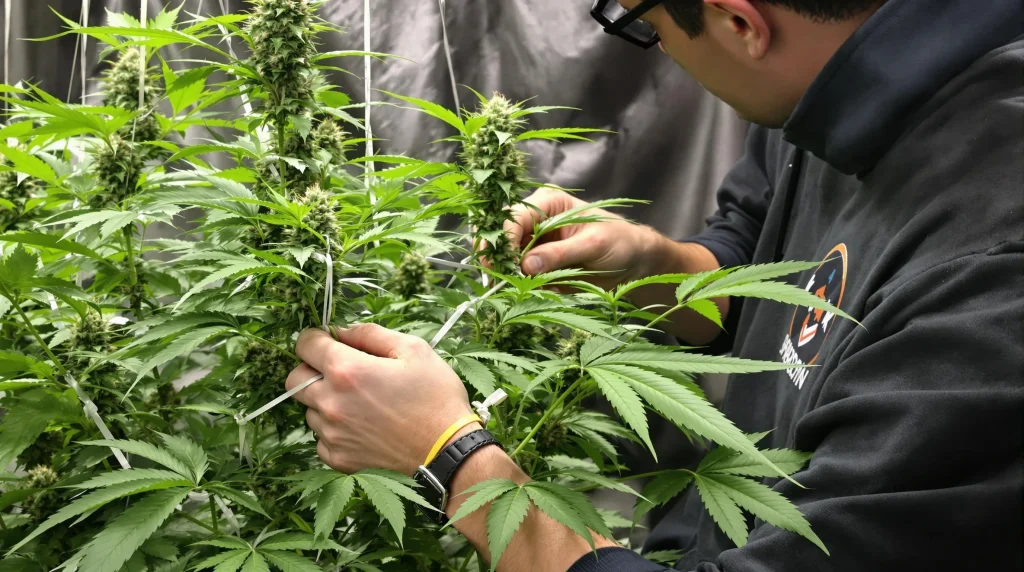
FAQs About Topping Autoflowers
Does Topping Always Reduce Yields in Autoflowers?
Not necessarily. While topping can stress the plant and potentially reduce yields if not done correctly, in some cases, it can improve canopy light distribution and enhance bud development. The outcome largely depends on timing, strain genetics, and growing conditions.
Are Certain Autoflower Strains Better for Topping?
Yes, strains with strong genetics and resilience, such as Strawberry Banana Auto or Do-Si-Dos Auto, are more likely to recover from topping successfully. Always choose strains known for their vigor and ability to handle stress.
Can Topping Delay the Flowering Process in Autoflowers?
Topping may slightly delay flowering if the plant requires extra time to recover. However, this delay is typically minimal if the plant is healthy and the topping is performed early in the vegetative phase.
What Are the Signs That Topping Was Successful?
After topping, look for healthy new growth emerging from the nodes below the cut. The plant should show no signs of stunted growth or stress, such as drooping leaves or discoloration.
Is Topping Better Than Low-Stress Training for Autoflowers?
It depends on your goals and growing experience. Topping can produce a more even canopy but comes with higher risks. Low-stress training is safer for autoflowers and can achieve similar results with less impact on the plant’s lifecycle.

